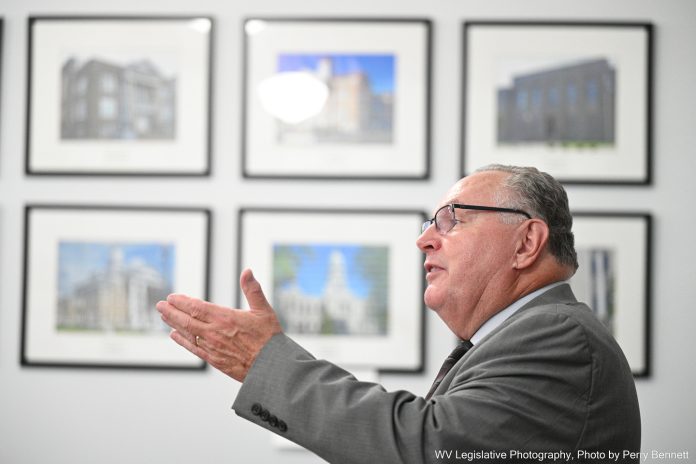West Virginia has been plagued with one of the lowest workforce participation rates in the nation for years, but one lawmaker suggested during Tuesday’s interim meetings that the way the number is calculated makes the state’s standing artificially low.
Senator Rollan Roberts (R-Raleigh, 09) suggested striving to find the state’s true rate during a meeting of the Legislative Oversight Commission on Workforce Development and Labor Issues.
The workforce participation rate measures the number of people in a workforce capable of working or searching for work. This is different from the unemployment rate, which measures the number of people actively searching for work.
Roberts and WorkForce West Virginia recently asked the Bureau for Business and Economic Research at West Virginia University to look at the state’s labor force participation and attempt to find the true rate, excluding those unable to work due to age or disability.
“We found out that everyone in the state of West Virginia who can walk is counted no matter what their age, their mental capacity or their physical ability,” Roberts said. “When you start thinking about that in the mix of West Virginia, we have a lot of people who can walk, but there is no way they’re going to be able to work.”
Roberts and WorkForce West Virginia Director Scott Adkins, told committee members that by removing residents over 75 years of age and residents who are disabled and unable to work, West Virginia’s labor force participation rate is close to 75 percent.
Adkins called the state being saddled with the lowest workforce participation rate in the country “disingenuous”, noting that the state has an older population and the largest disability rate per capita in the country.
Adkins also noted that the labor force participation rate doesn’t include gig economy workers who are paid on a contract basis, making up about 5 percent of the state’s workforce. He added that another 13 percent of state workers go uncounted toward the rate because they work in other states.

